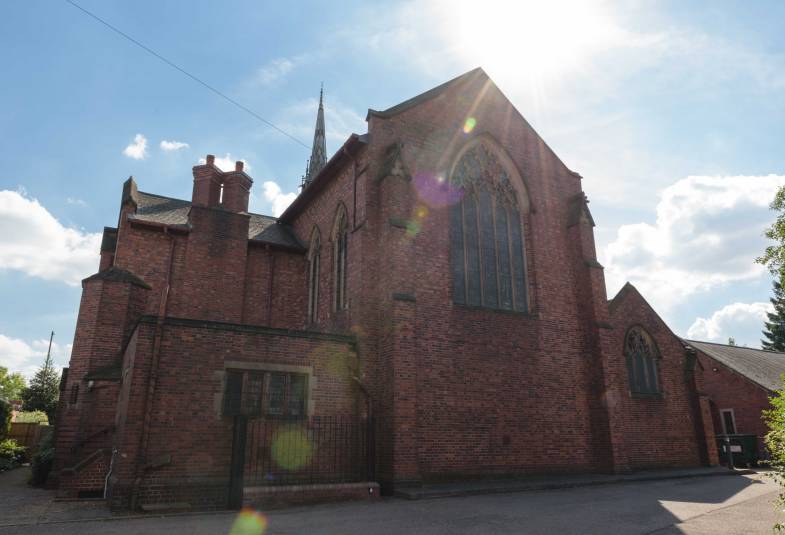There may come a time when a church is no longer needed for regular public worship.
We can help find a suitable new use for it or, if it is important to the nation’s heritage, preserve it as it stands.

Closing a church
There is a formal process for closing a church. This is governed by Church law and managed by the diocese with the help of the Church Commissioners.
Not all cases necessarily end in closure. The process can sometimes lead to new ideas and opportunities for sustainable use of the building. Or it may lead to a solution which involves sharing the building for worship and other uses.
If a decision is made to close, then the Church Commissioners and the diocese will seek a new use for the church building and a suitable buyer to take it on.
The Church Buildings Council has an important role to advise on the heritage implications of this. We have a dedicated committee to identify what is special about a church that ought to be preserved after worship has ended and the building has passed out of the care of the congregation.
Giving the building to a trust or community group
Some church buildings are of such great architectural quality and historic interest that they deserve to be preserved as they are, with their furnishings intact and the churchyard unchanged.
In these cases, the best option may be to give the church to someone who can maintain it and open it to the public. For example:
- Local individuals or community groups
- Churches Conservation Trust
- Friends of Friendless Churches
- Norwich Historic Churches Trust
Under this kind of ownership, the church usually remains available for occasional worship and light-touch uses such as concerts and exhibitions.
Accommodating new uses
In most cases, the church can accommodate a new use without harming its significance. But it may need to undergo some changes.
We advise the Church Commissioners on how a new user might do a conversion or adaptation project that respects the qualities of the building.
The key factors are:
Where a church has little or no heritage interest, we advise whether demolition is acceptable, in heritage terms. This might be at the beginning of the process, if the situation is clear-cut, or it may follow a search for a new use in which no suitable proposal comes forward.
The church furnishings
It will not always be possible or appropriate to keep the church’s furnishings in the building once it has been put to a new use.
We advise the Church Commissioners and the diocese on the historic, architectural and artistic interest of the furnishings.
They will also take other factors into account including their importance to the parish and wider community and the sacramental significance of certain items.
The other key factor is the nature of the new use: if it is public or charitable, there may be more scope for certain items to remain.
Otherwise, in broad terms, the guidelines in place for disposal of items in open churches apply to those in closed churches.
Find out more about disposing of church items
New uses for the churchyard
We help the Church Commissioners understand the implications of new uses for the churchyard.
We advise them on:
What do we base our advice on?
We base our advice on the church buildings report – a document we prepare early in the process.
It includes:
- A detailed survey and description of the building
- Details of existing protections (e.g. listed building, scheduled monuments, etc.)
- An assessment of the significance of the church, its furnishings and the churchyard
Our advice on the scope for change draws on a wealth of imaginative and sensitive ideas of conversion projects which have been carried out in recent years.
Find out more in this excellent guide to new uses in former churches
We normally advise that significant churches are professionally recorded before disposal or conversion. Recording normally takes the form of a photographic survey in line with Historic England guidance.